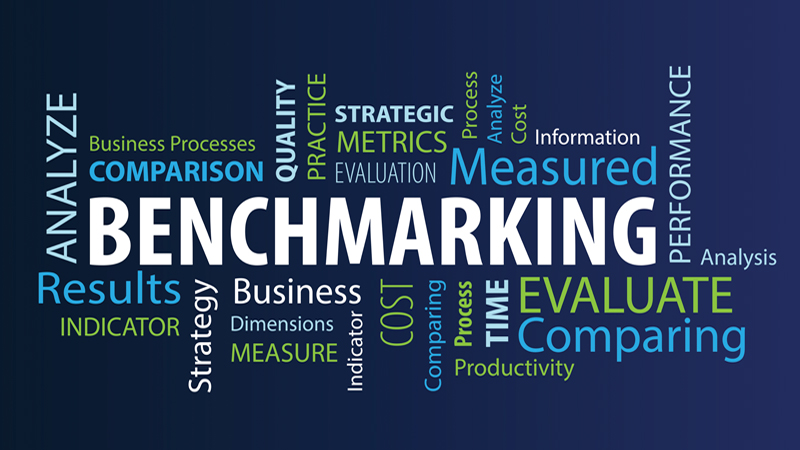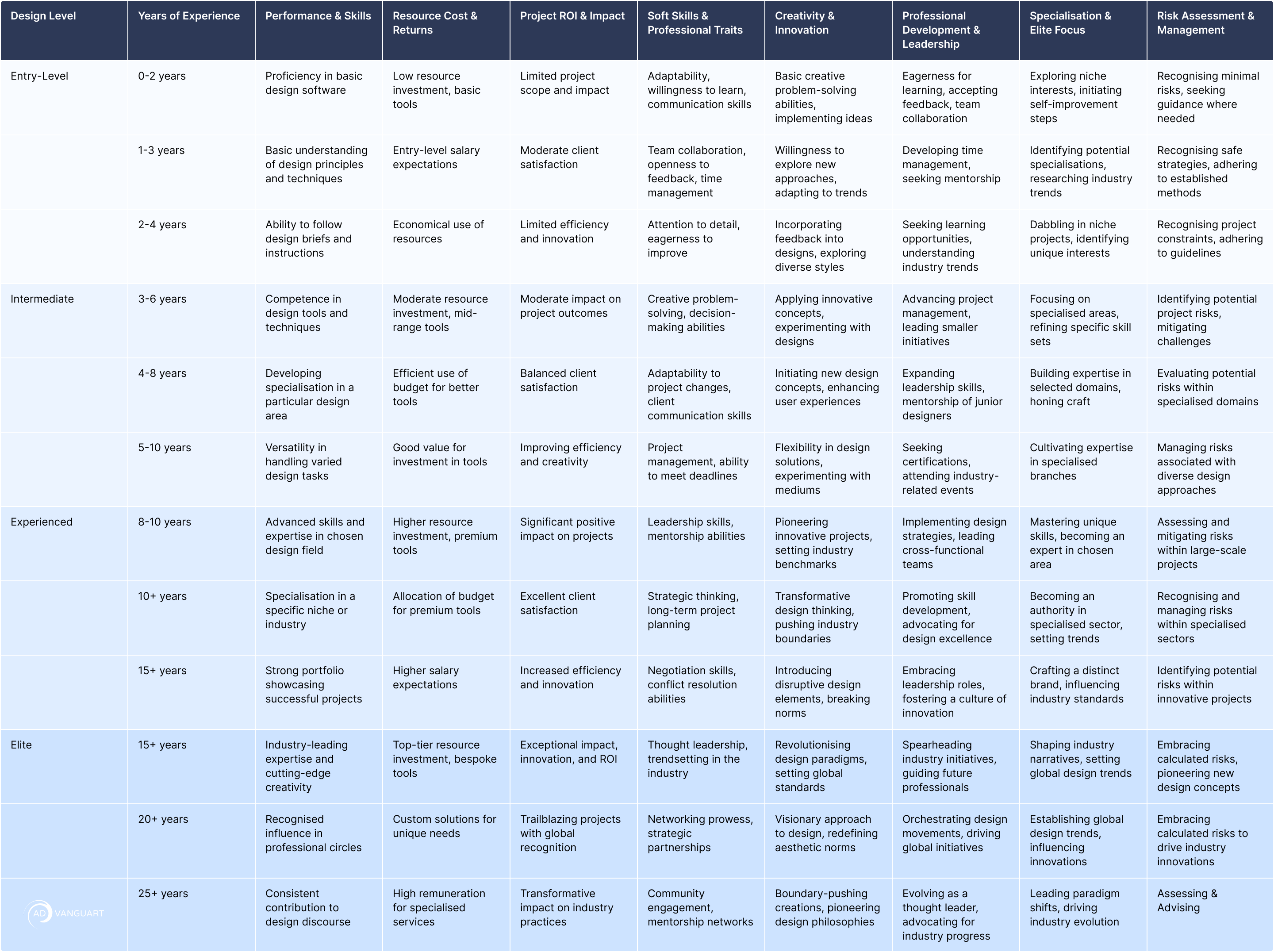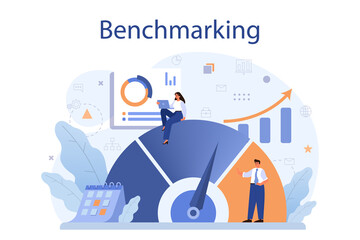A Designer Benchmark in the industry serves as a comprehensive evaluation framework that measures and compares the proficiency, skills, and impact of designers at various experience levels. It's a structured assessment tool that allows for a standardised evaluation of design capabilities, performance, and growth trajectory.
This benchmark typically includes a range of criteria or dimensions against which designers' abilities and achievements are assessed.
It encompasses diverse criteria such as technical skills, creativity, project impact, soft skills, leadership, specialisation, and risk management. By objectively evaluating designers at different proficiency levels, it provides guidance for career advancement, establishes industry standards, and informs resource allocation.
Overall, the Designer Benchmark acts as a guidepost for both designers and organisations, outlining skill requirements for progression and aiding in strategic decisions for tailored skill development initiatives.
Exploring the Levels of Experience
Entry-Level: Here, aspiring designers forge their path, wielding basic software skills and an unquenchable thirst for knowledge. They're the trailblazers, embracing challenges with fresh perspectives, nurturing creativity, and stepping into the realm of design exploration.
Intermediate: As skills mature and versatility grows, designers at this level dive deeper. They craft their niche, cultivating specialised expertise while manoeuvring through the art of creative problem-solving. It's a stage of honing, refining, and expanding boundaries.
Experienced: Mastery takes center stage. With a rich portfolio and refined skills, these designers lead projects, innovate, and set industry benchmarks. They're the visionaries shaping design trends and influencing the creative landscape.
Elite: At the apex, the elite echelon represents industry icons—creatives whose names resonate with transformation and innovation. They redefine design paradigms and spearhead global initiatives, and their legacy sets the benchmark for the future.
These dimensions may cover technical skills, creative prowess, project impact, soft skills, leadership abilities, specialisation, and risk management among others.
The purpose of a Designer Benchmark is multifold
-
Assessment: It allows for an objective evaluation of designers across different levels of expertise, providing insights into their strengths and areas for development.
-
Guidance: It serves as a guidepost for designers, indicating the skills and competencies necessary to progress to the next level in their careers.
-
Industry Standards: Establishes a standard or reference point within the industry, helping organisations and designers gauge where they stand relative to industry benchmarks.
-
Career Development: Offers a roadmap for professional growth, aiding in setting career goals and identifying areas for improvement.
-
Resource Allocation: Helps in making informed decisions about resource allocation, skill development programs, and mentorship initiatives tailored to different experience levels.
Benchmark Criteria or Dimensions
Performance & Skills: This dimension evaluates the proficiency and expertise level in design tools, techniques, and principles. From foundational software knowledge to specialised mastery, it's a reflection of skill development and adaptability.
Resource Cost & Returns: Here, we gauge the efficiency of resource utilisation against the returns generated. It's about making informed decisions on resource investments, whether it's basic tools or bespoke solutions, to achieve optimal outcomes.
Project ROI & Impact: Design isn't just about creativity; it's about impact. This dimension measures the tangible and intangible effects of design work. From project scope to client satisfaction, it reflects the influence and success of design endeavours.
Soft Skills & Professional Traits: Creativity thrives alongside collaboration, communication, and adaptability. This dimension evaluates the essential soft skills that enhance a designer's ability to interact, innovate, and evolve within the industry.
Creativity & Innovation: Design is inherently innovative. This dimension assesses the ability to think outside the box, experiment with new ideas, and drive creative solutions that challenge conventions.
Professional Development & Leadership: Growth is perpetual. This dimension focuses on continuous improvement, leadership capabilities, and the drive to mentor and lead, pivotal for career progression.
Specialisation & Elite Focus: As designers advance, specialising becomes pivotal. This dimension highlights the pursuit of niche expertise and the relentless focus of elite designers in shaping industries.
Risk Assessment & Management: Innovation involves calculated risks. This dimension acknowledges the capacity to identify, evaluate, and manage risks, an essential skill in driving groundbreaking design endeavours.
Every dimension featured in the benchmark table functions as a guiding compass, directing designers along their professional journey while providing valuable insights and nurturing growth in all facets of their careers. It transcends a mere assessment of a designer's current position; instead, it illuminates the way forward, advocating for evolution and fostering a culture of excellence within the ever-evolving landscape of the design realm.
Designers Industry Benchmark Table
What are the benefits of using the benchmark to hire designers?
Using benchmarks in the hiring process for designers offers several distinct advantages:
- Objective Evaluation: Benchmarks establish clear criteria for assessing design skills, expertise, and experience. This objective framework helps evaluate candidates consistently, reducing subjective biases in the hiring process.
- Alignment with Role Requirements: Design benchmarks define the specific skills, software proficiencies, creativity levels, and project experiences expected for a particular design role. Ensures that candidates align closely with the job requirements.
- Efficient Candidate Screening: With predefined criteria, recruiters can swiftly screen applicants, identifying those who closely match the benchmark's skill set. It streamlines the initial selection process, saving time and resources.
- Identifying Talent Potential: Benchmarks aid in recognising the current capabilities and the potential for growth and development. They provide a roadmap for understanding a candidate's capacity to evolve within the role.
- Enhanced Onboarding Experience: Candidates hired based on benchmarked criteria often require minimal adjustment during onboarding. Their skills are aligned with job expectations, facilitating a smoother integration into the team and projects.
- Performance Expectations: By using benchmarks, employers can set clear performance expectations for designers. Ensures that the employer and the designer have a shared understanding of the role's demands and goals.
- Continuous Improvement and Development: Over time, assessing hired designers against the benchmark allows organisations to refine and evolve their hiring criteria. It supports continuous improvement in identifying and attracting top design talent.
- Reduced Turnover: Hiring based on well-defined benchmarks can reduce turnover rates. Candidates who closely match the benchmark are more likely to be satisfied with their role, leading to longer tenures when complex programmes.
- Higher Quality Outputs: A workforce aligned with benchmarks produces higher quality work as their skills and experiences are matched with job requirements.
- Improved Team Dynamics: When each team member meets benchmark criteria, it fosters a cohesive team environment with complementary skill sets and shared understandings.
- Lower Training Costs: Candidates hired based on benchmarks often require less training, reducing overall training costs for the organisation.
- Increased Innovation: Benchmarks can help in identifying candidates with innovative approaches and experiences, fostering a more innovative design team.
- Enhanced Client Satisfaction: When design teams align with benchmarked criteria, it often leads to better client satisfaction due to the higher quality and consistency of work delivered.
- ROI and Cost Savings: Reduced turnover, improved efficiency, and higher-quality outputs contribute to a positive return on investment (ROI) and cost savings in the long run.
- Valuable Insights: Analysing benchmarked hiring data provides valuable insights into the effectiveness of criteria, allowing for informed decision-making in future hiring endeavours.
In essence, employing benchmarks in designer hiring processes leads to more strategic recruitment decisions, ensuring that the selected candidates possess the necessary skills and potential to thrive in their roles, ultimately contributing to a more proficient and innovative design team.







